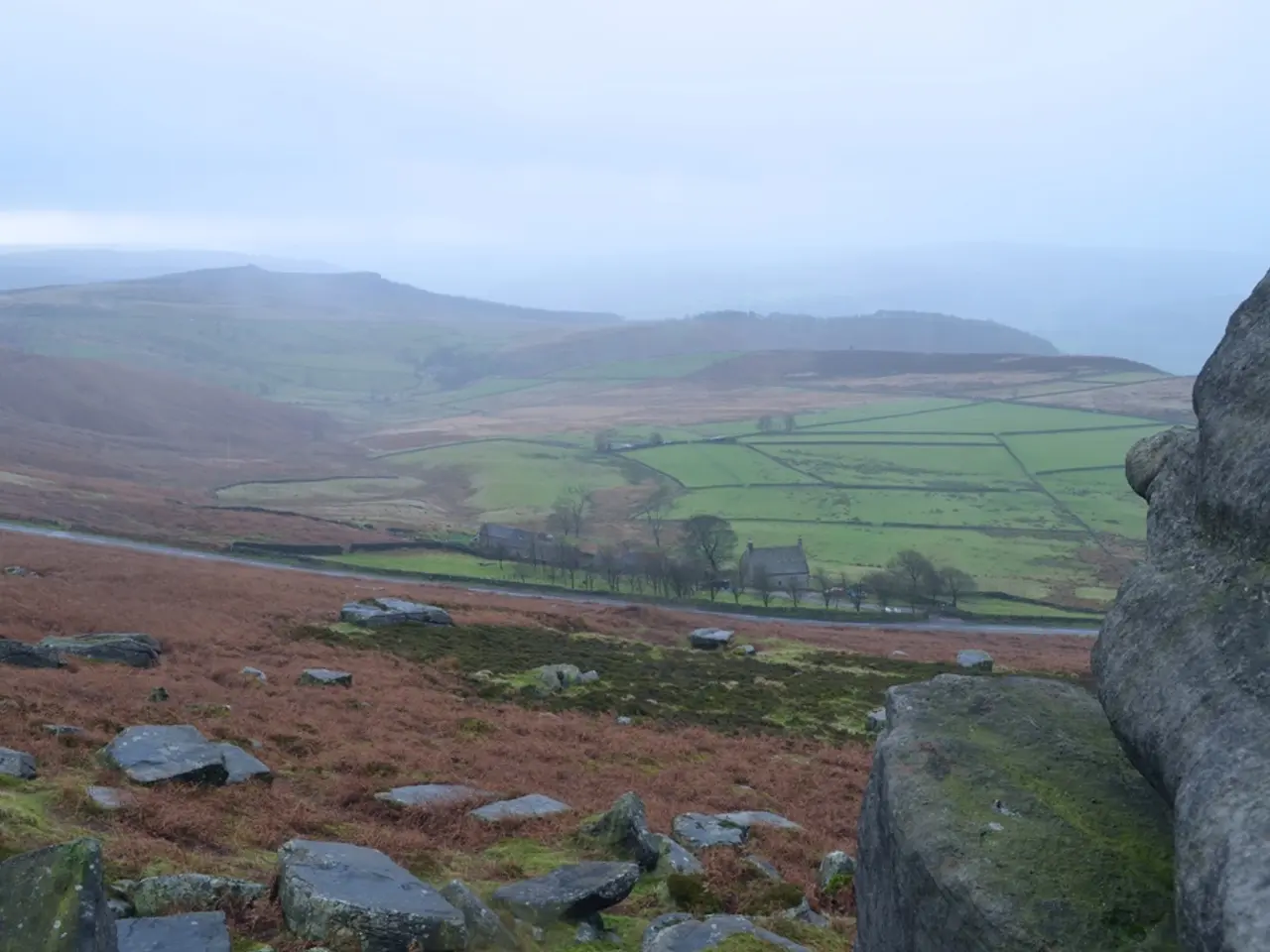Northeastern Indian Tribe Preserving Cultural and Natural Heritage: Khasi Guardianship
Preserving the Cultural and Environmental Heritage of the Khasi Tribe
The Khasi tribe, residing primarily in the state of Meghalaya, India, faces challenges in preserving their unique cultural and environmental heritage. Increased tourism, deforestation, and urbanization pose significant threats to their way of life and the natural wonders that set them apart.
One of the most iconic symbols of the Khasi people is their living root bridges, formed by training the roots of the Ficus elastica tree to grow in a specific direction, creating sturdy, natural bridges. The most famous of these bridges, the "Double-Decker Living Root Bridge," located in the village of Nongriat, has become a popular tourist attraction.
However, the influx of tourists has put pressure on these delicate structures, leading to the need for preservation efforts. Organizations such as the Living Root Bridges NGO, Meghalaya’s Department of Environment and Forests, and individuals like local Khasi community leaders and environmental activists are working tirelessly to conserve these natural wonders.
The state government of Meghalaya has also initiated policies to safeguard the region’s environment, promoting sustainable tourism and educating visitors about the significance of preserving this unique cultural and natural heritage.
The Khasi tribe's connection to nature is evident in their way of life, as Meghalaya, known as the "Land of Clouds," features breathtaking landscapes such as lush forests, cascading waterfalls, and rolling hills. This deep connection is reflected in their traditional farming practices, including jhum cultivation, which has been essential to their way of life.
The Khasi people are one of the earliest ethnic groups in the region, believed to have migrated from Tibet or Burma around 500 B.C. They have a rich tradition of folk music and dance, with performances often revolving around themes of nature, love, and community life. Their most notable dance, the "Ka Shad Suk Mynsiem," is performed during the annual spring festival and is characterized by colorful traditional attire and rhythmic, synchronized movements.
Despite the challenges they face, the Khasi tribe's way of life offers a glimpse into a remarkable existence, with a unique cultural heritage and intricate social structure. Women in Khasi culture hold significant social and economic power due to their role in decision-making processes and family affairs. The Khasi tribe is a matrilineal society, where lineage and inheritance are passed down through the mother's side of the family.
The Khasi language, known as "Khasi," is the primary language for daily communication within the community. English and Hindi are also spoken, but Khasi remains the heart and soul of the Khasi people.
The Khasi tribe has a profound respect for their environment, as their livelihoods are closely tied to agriculture and the land. This respect is evident in their lifestyle, which sets them apart as one of the most fascinating tribes in the region.
Efforts are being made to ensure that the Khasi tribe's cultural and environmental heritage is preserved for future generations to enjoy. These efforts include promoting sustainable tourism, conserving living root bridges, and educating visitors about the significance of this unique cultural and natural heritage.








